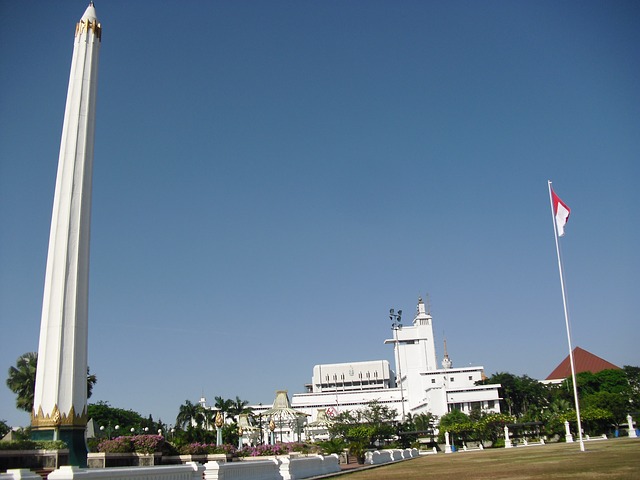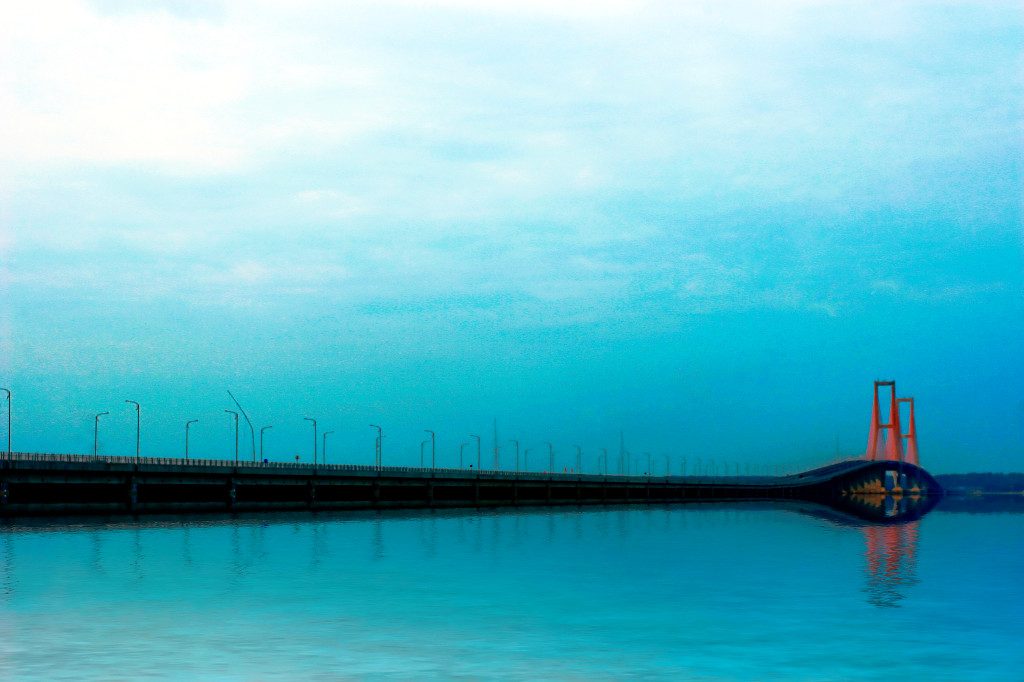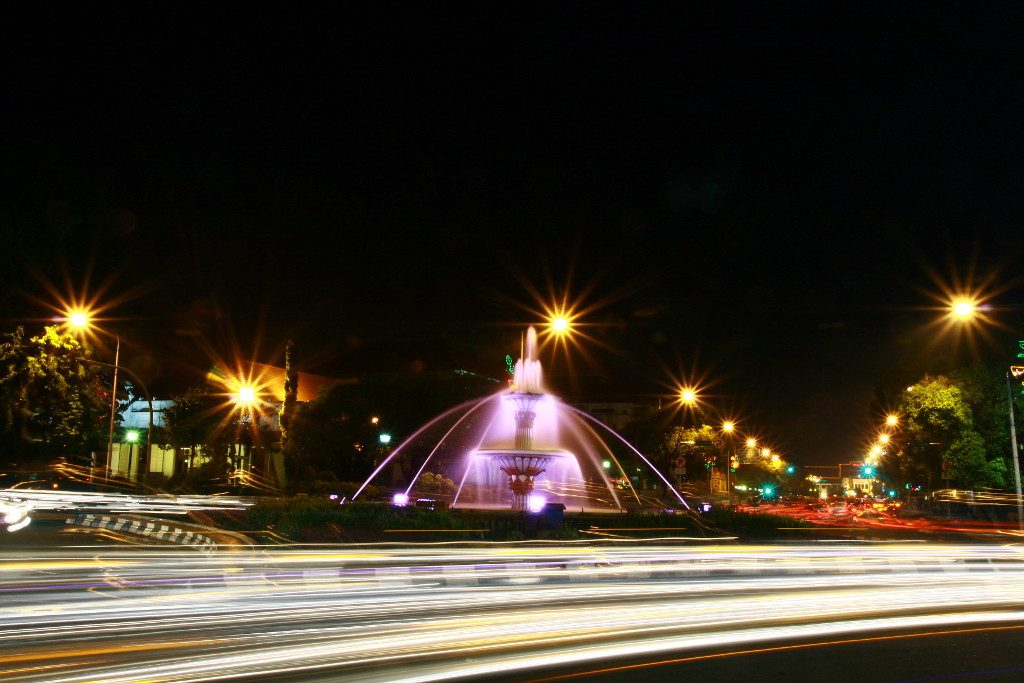
Surabaya is the capital of East Java province. This city currently the second largest city after Jakarta with a population of around 3 million people. Surabaya has become a metropolis city with some rich diversity inside it. In addition, Surabaya now also has become a business center, trade, industry and education in Indonesia.
Surabaya is known as the city of heroes, this has happened since the battle of the people of Surabaya against the Dutch army in the Indonesian independence revolution.
The Surabaya name, according to its etymology, comes from the Sura or Suro and Baya or Boyo, in Javanese. Suro is a type of shark, while boyo is a Javanese term for crocodiles. According to myth, these two animals are the most powerful animals that also became the symbol of the city of Surabaya to this day. Another opinion says that the name of Surabaya is also derived from the term Sura Ing Baya, which means “dare to face danger”.
Surabaya is a commercial trading center in eastern Indonesia, and is now one of Southeast Asia’s most populous cities. Together with Lamongan in the northwest, Gresik in the west, Bangkalan in the northeast, Sidoarjo in the south, Mojokerto and Jombang in the southwest into a unity called Gerbang Kertosusila, such as Jabodetabek in Jakarta and surrounding areas. The location of Surabaya is on the northern coast of east Java, and directly adjacent to Strait of Madura in the north and east, Sidoarjo regency in the south, and Gresik regency in the west. The city of Surabaya is in the lowlands, with a height between 3-6 M at sea level.

As the provincial capital, Surabaya is also home to many offices and business centers. Surabaya’s economy is also influenced by new growth in foreign industries and some industry segments that will continue to grow, especially in terms of property, where skyscrapers, malls, plazas, apartments and hotels will continue to build annually.
As a metropolitan city, Surabaya is populated by multi ethnic and many ethnic groups, such as Chinese citizens, Javanese, Batak, Madurese, Balinese, Bugis, Sundanese and many more. There are also foreign nationals including Malaysia, China, India, Arab and Europe.
The language used everyday mostly using the Javanese language, with the Suroboyoan dialect. This dialect is quite different from Javanese from Central Java like Surakarta or Yogyakarta. The dialect of Suroboyoan has a deep and high intonation, and impressed hard.
Although Surabaya is heavily influenced by various cultures, but its cultural authenticity still lives and develops to this day. Various indigenous cultures can be seen from various events such as, wayang art, ludrug, remo dance and other typical Javanese culture.

In terms of tourism, Surabaya has several attractions that can be visited related to the history of the past. Surabaya has also a culinary diversity that is always sought by tourists who come, such as rujak cingur, rujak uleg, rawon, duck rice, lontong kupang, longtong balap and many more.